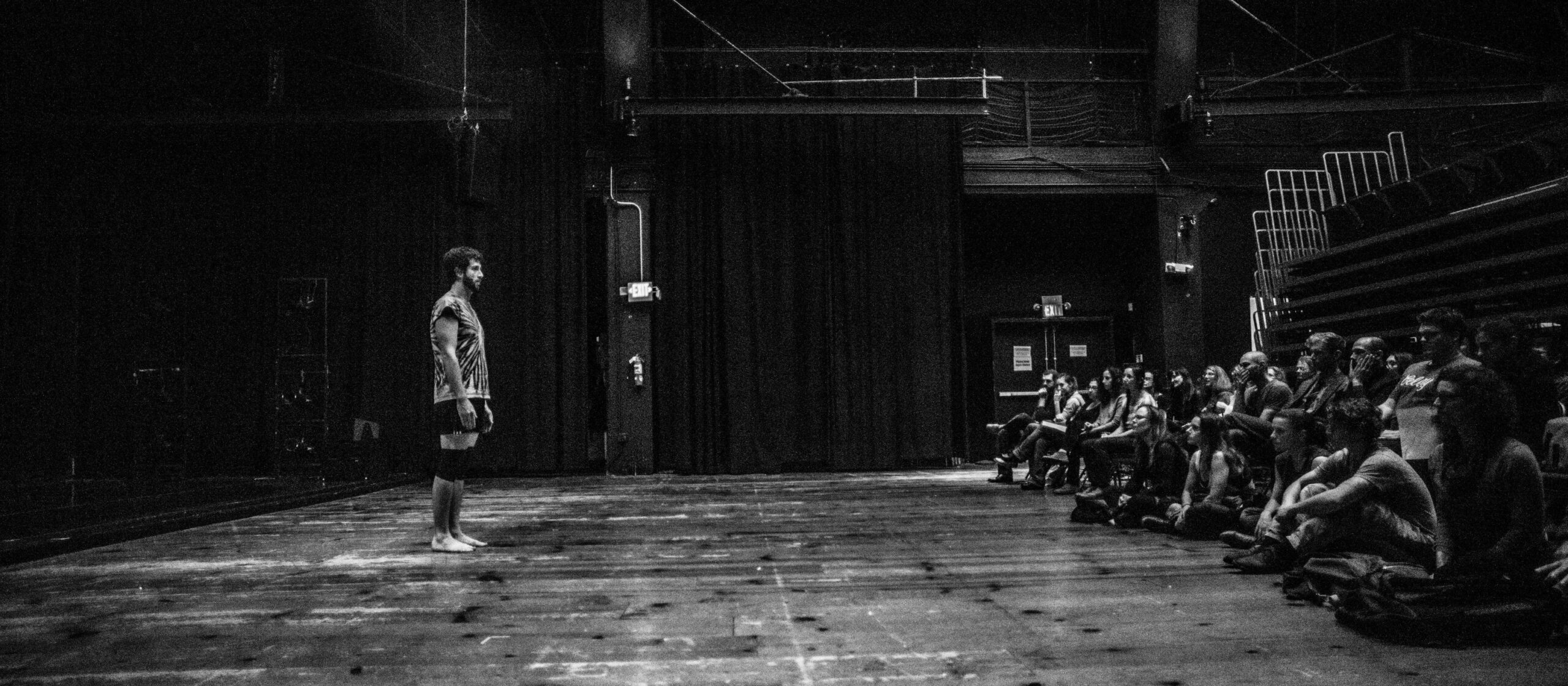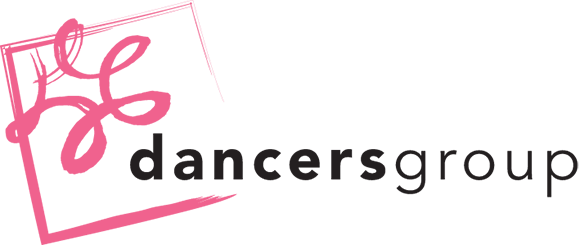
Jesse Hewit at Z Space. Photo by Robbie Sweeny.
[ID: This black and white image depicts a lean white person with dark hair and a beard standing and facing a small seated audience in an industrial-looking theater space. The audience is seated in chairs and on the floor, and the person standing wears black shorts and kneepads and a dark tie-dye t-shirt.]
Recently, my friend Siobhan (Cronin) took me up to this clearing at the top of Mt. Davidson, where we each found our way into a kind of chi/qi practice. I started slow. The chi took shape in my hands, and my stomach softened. It got broader, along with my breath, and my body started moving in order to track the quick evolutions of the chi. The chi started stretching out to the sky, coaxing me to open my guts and get spread out and lit up, and then it started taking on textures and colors, rapidly. All the surfaces of my body caught fire because they were moving slicing collapsing in order to meet the planes and curves and currents, everywhere. I was dancing.
In the fall of 2017, I was making a choreographic work at Yerba Buena Center for the Arts. It would turn out to be my last for a while. I remember that I was in rehearsal one day, intently whirling around the YBCA forum, brain and muscles workingworkingworking. And then I stopped. Some limit of my body, previously sensed but averted, had finally elbowed its way in, all the way, past everything. This limit wasn’t so much about my physical strength or mobility, but instead, something ecological and of the whole self. It put a new skin on me; one that I had been privately trying on and taking off as of late, but that was becoming too good a fit to only wear on certain days of the week. I got still, and stood there in my limited body: me as subject, as symbol, as politic, as story, as citizen.
Up until that moment in the forum, I had worked for most of my life to make my thoughts and feelings into live art. I had shaped nearly every aspect of myself into someone – some thing – who was thrillingly and precisely convinced that my work knew what the world needed. And then, my tiny body standing inside that huge room, trying again to connect everything to everything, just stopped being so necessary. I had come to some kind of end. I tried to imagine myself moving/elaborating/hypnotizing/lying/dazzling, anything to create a hook back into before. There was no hook. I wept. Finally. I stayed with myself.
It was also around that time that arts funding had finally begun shifting more explicitly in its priorities (thank god!). Our committed and strategic programming of underrepresented artists, our barrage of live and written discourse engaging the inequities of the field, and our bold and direct challenges to funders was all taking shape, and accordingly, many of the white male makers like me were staring down a different kind of horizon. As the good news rolled out, I knew that I wasn’t going to try to contort myself or my work in order to outrun anything. Instead, I let myself feel the shudder of change, and then basked in the justice of the moment. It was strange and it was right, and it meant that something different was coming for all of us.
The next two+ years were foggy. I stopped trying to get my work funded, worked in arts advocacy and administration, danced a bit for/with my friend Sara (Shelton Mann), got divorced, and tried to make sense of how the arrival of a terrifying virus was somehow collaborating with the sociological dumpster fire of the internet to reprogram all our nervous systems forever. Also, I was still a dancer and a freak: I made swoopy and creature-ish choregraphies in my live-work studio and wrote long unhinged monologues about the personalities of various shades of purple. I pinballed through days like I always had: sensitive and responsive to distance, proximity, shapes, color, and emotion, all stretched over the sacred geometry of the world around me. I was the same artist, but without an apparatus to prove it to anybody.
There was a day in 2020, during “lockdown,” that I was walking up Bernal Hill. I perceived myself to have very little life to stand in, aside from the guiding light of my twinkling “sensitivities.” I had no real home (I had moved out of the apartment that I shared with my ex-husband and was cat-sitting in exchange for an apartment in the Castro), no real job (my gig doing events and fundraising for CounterPulse came to an organic end), and I was still wandering through the residue of my shift away from making dance and art in a public way.
As I walked, I asked myself what I still had. The answer was quick. I had my practice. I had scores and desires and frameworks and rivers for making something useful out of the experience of being with people. I wondered about this thing that I had always been doing, and what form it could take. I wondered what it could mean to be quietly happy and helpful, to not peddle or sell or convince, but instead to just serve. I wondered about money and time and death and fear and art and grief and ease. I imagined ease.
I decided that day to pursue psychotherapy, and to orient my work toward supporting artists; people who were in the river too, on the rosters, on the edges, in the candidate pool, frayed in the fray. I applied to more graduate school, rearranged mostly everything in my day-to-day, engaged in “evidence-based research” in order to learn new ways of doing what I had already been doing, and generally walked right out the door and toward this new thing.
I am indeed a therapist now, and, yes, it can be confusing to not know how I will dance. The grief and longing are wild and extraordinary some days, but they are not boring, and I remain endlessly fascinated by this shifting life. Nearly seven years after the last public performance of my work, I still don’t know what it means to be standing on the outside of a community and a lifestyle that I once couldn’t even see because I was so obsessively inside of it, shaping it. This part remains bizarre, but I’m grateful for the perspective.
When I was in my most rigorous and lucrative art-making phase (about 2006-2017), I entered every project, every inquiry, every performance, with a fairly similar approach: go tenderly into a something, and look around. Listen. Feel the walls. What is already happening? What are the existing modes and languages present? Who is there and who is not? What is needed? How do you know? How might we curiously shepherd and craft some creative interventions? Of course, this is how I approach my clinical work.
The moment on top of Mt. Davidson with Siobhan makes me know that I’m okay, and that I will dance. My friend Jesse (Zaritt) and I do dancey drawings together once in a while, and we write things that are dances, that some might think are weird and troubling, but that make us feel alive. My partner gave me crayons for Christmas, and I used them to make a dance therapy picture just this morning. The cadence and dynamic of my conversations over food with Sara still feel like we are in a studio together, carving away at each other, with love and hunger. I am a dance artist and a therapist, and of course I still don’t know how to explain myself to you any better than I did when I was trying to get you to Come. See. My. Fucking. Show. In my work as a therapist, though, I don’t need you to come see anything or do anything, and I’m glad for that, for now.
Recently, in a session, my client (an artist) was stuck in a language-based anxiety loop. His circumstances were untenable, and necessitated that he move his consciousness from his head down into his guts, or he was going to stay stuck. I asked him if he would be okay just getting up, walking around the room, and testing out the textures and densities of the surfaces. He did it. I watched him and tracked his pace and breathing. I moved my breath with his, and flexed my muscles when he pushed on things. When he sat back down, he still seemed a little trapped, but something was brimming. I asked him if we could sit in silence for three minutes. We did. Around one minute in, he wept. Finally. I stayed with him. We were dancing.
A quick note to my people, my artists, my shades of purple, my adversaries, my ghostly ones, my failures, my friends: maybe we will always be in this matrix of abstraction and import, and maybe we deserve to feel okay if we want to. Maybe we sharpen our skills, soften our assessments, and put me out of work, because if there is anything that we know how to do, it is to heal. I’ll follow your lead. Love, Jesse
This article appeared in the Winter 2025 issue of In Dance.


